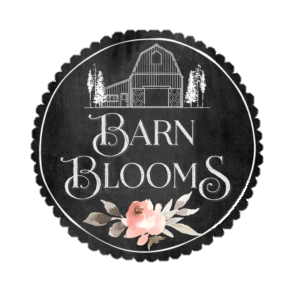Spring Garden Checklist
It's that time of year again! Time to think about our garden plans and get prepared for the season ahead. That can only mean one thing: spring is on its way, even if it doesn’t feel like it (currently blizzarding outside). Here's a checklist of some things to think about to get your garden ready for another growing season.
Plan out what you want to grow. This will include deciding what varieties of plants, how many, and where you want to put them. Things to think about are sunlight consideration and draining and how much space you have to work with, compared with how much space you need per plant.
Plan out your planting schedule .Once you know what you want to grow ,it's time to plan out when you'll plant each type of crop .Keep in mind that some crops ( like dahlias ) take longer to mature than others ( like sunflowers ) ,so you'll need to stagger your planting accordingly .You can find helpful planting schedules online or at your local cooperative extension office.
Make a list of supplies. Make sure you have all the supplies you need before you start planting : seeds ,fertilizer ,mulch ,pest treatments, etc. Don't forget tools like shovels ,rakes ,and garden hoes. Once you have everything on hand ,you'll be ready to start planting as soon as spring arrives .
Test your soil's pH level. Most plants prefer a pH between 6 and 7; if your soil is too acidic or alkaline, you may need to amend it accordingly. You can test your soil's pH with an at-home testing kit or by sending a sample to a local cooperative extension office.
Clean up your garden beds. Remove any dead leaves, sticks, or debris that might have accumulated over the winter months. This will give your plants a fresh start and help them grow more vigorously. I would wait to do this until temperatures warm up to about 60 degrees. Lots of pollinators use the debris to overwinter in.
Amend your soil. once you have your soil test results you can see where you might need to add some nutrients into your soil. Add compost or other organic matter to help improve drainage and aeration. This will also help add nutrients back into the soil that were depleted during the previous growing season.
Start seeds indoors. If you want to get a jump start on the growing season, start some of your plants indoors under grow lights. This is especially useful for plants that take a long time to mature, such as lisianthus and eucalyptus. Just be sure to harden off your seedlings before transplanting them outdoors; otherwise, they may not survive the transition. Hardening them off by introducing them to outside temperatures, sunlight, and wind slowly. Increase the increment each day until they are hardened off and can be planted in the field. Don’t start hardening off until our daytime temperatures are 50+ degrees.
.Prepare for pests and diseases. No matter how well you take care of your garden, there's always a chance that pests or diseases will strike. Be sure to research what disease or pests can effect the plants your growing. Prepare for these pests by getting the necessary traps and treatments ahead of time.
Set up a watering system .Depending on the size of your garden, you may want to set up soaker hoses or drip irrigation to make watering easier .This is especially important if you're starting seeds indoors; seedlings require frequent watering but should never be allowed to sit in waterlogged soil ,which can lead to fungal diseases.
With this checklist in hand, you're one step closer to growing lots of pretty flowers and vegetable plants this year. There are lots of different things to think about when planning, but hopefully this helps set you off in the right track. With a little patience and hard work, you'll be harvesting fresh fruits and vegetables in no time.


